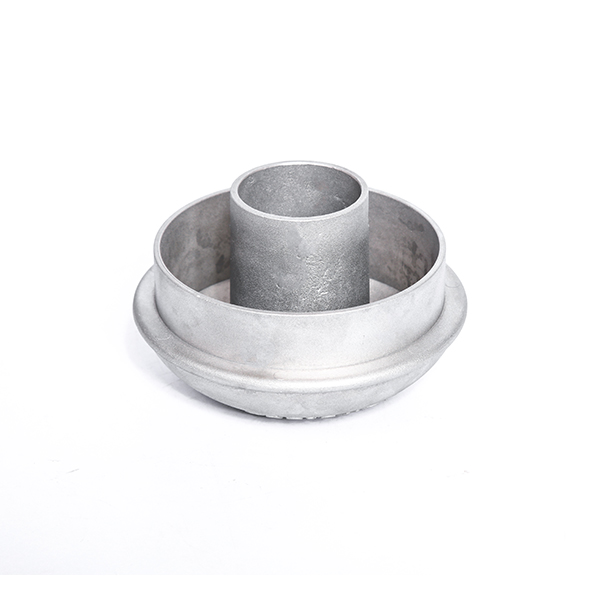Mobile:+86-311-808-126-83
Email:info@ydcastings.com
Investment Casting Impeller - Precision Engineered Solutions
Investment casting, also known as lost-wax casting, is a precision manufacturing process often used to create complex components, such as impellers, in various industries including aerospace, automotive, and marine applications. The investment casting process is highly valued for its ability to produce parts with intricate shapes, high dimensional accuracy, and an excellent surface finish, making it an ideal choice for impeller manufacturing.
The process begins with creating a wax pattern of the desired impeller design. This pattern is intricately detailed, as it will ultimately dictate the shape and features of the final metal component. The pattern is coated with a ceramic shell, which is formed by dipping the pattern into a slurry made of fine sand and a binding agent. Once coated, the shell is heated, which melts the wax and allows it to drain away, leaving a hollow ceramic mold.
.
One of the key advantages of investment casting for impellers is the ability to create complex geometries without the need for extensive machining. This not only reduces material waste but also shortens the production cycle. The finishing process is often minimal, involving only light machining or surface treatments to achieve the required specifications.
investment casting impeller

Investment casting also allows for the incorporation of other design elements, such as internal channels or contours, which can enhance the impeller's performance. For instance, in hydraulic systems, the efficiency of fluid movement can be significantly improved through careful design of the impeller shape and profile, a feat made simpler through the investment casting method.
However, this process does come with some challenges. The initial investment in molds and patterns can be high, and the need for precise control over the pouring temperature and cooling rates is crucial to avoid defects such as porosity or misalignment. Additionally, the lead time for creating wax patterns and molds can be longer compared to other manufacturing methods.
Despite these challenges, the benefits of investment casting, including reduced machining costs, enhanced design flexibility, and improved mechanical properties, make it a preferred choice for manufacturers looking to produce high-quality impellers. As industries continue to evolve and demand more sophisticated designs, investment casting remains a reliable method for meeting these challenges, driving innovation in impeller technology and production processes. Overall, investment casting is not just a manufacturing technique; it is a pathway to creating advanced, high-performance components that meet the needs of modern engineering.











